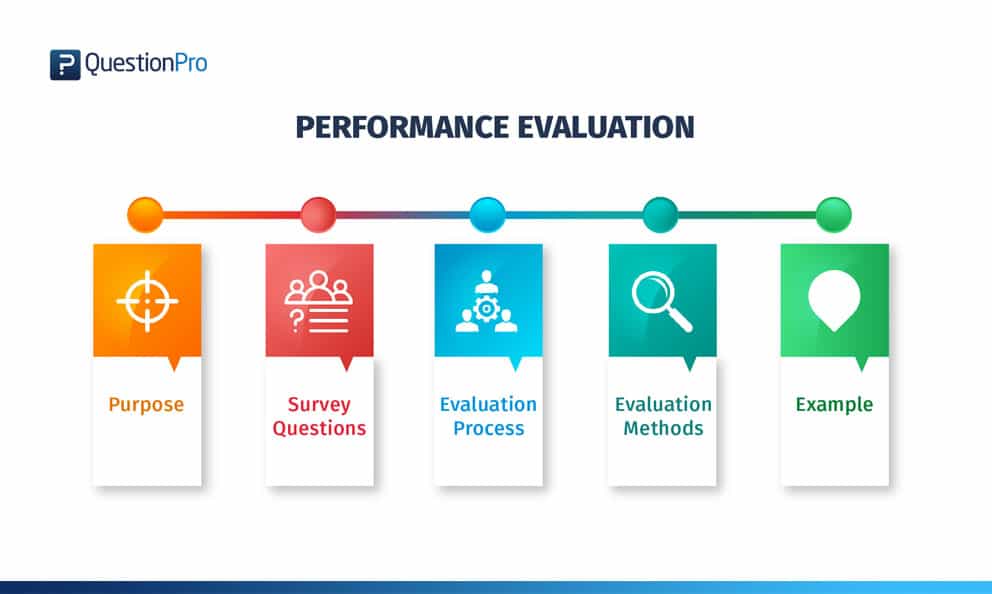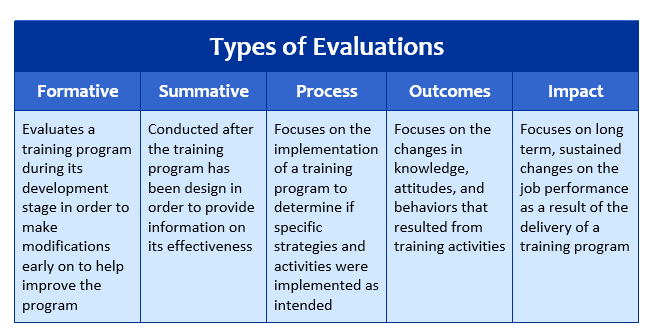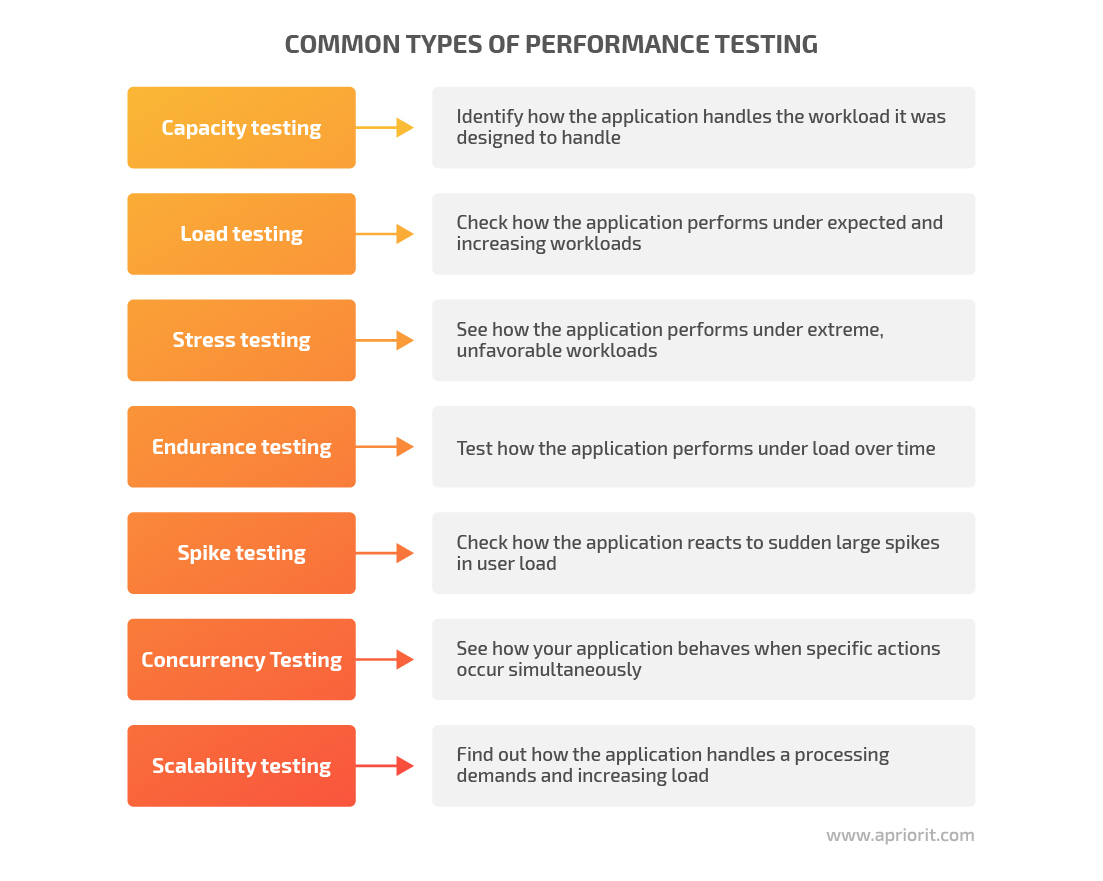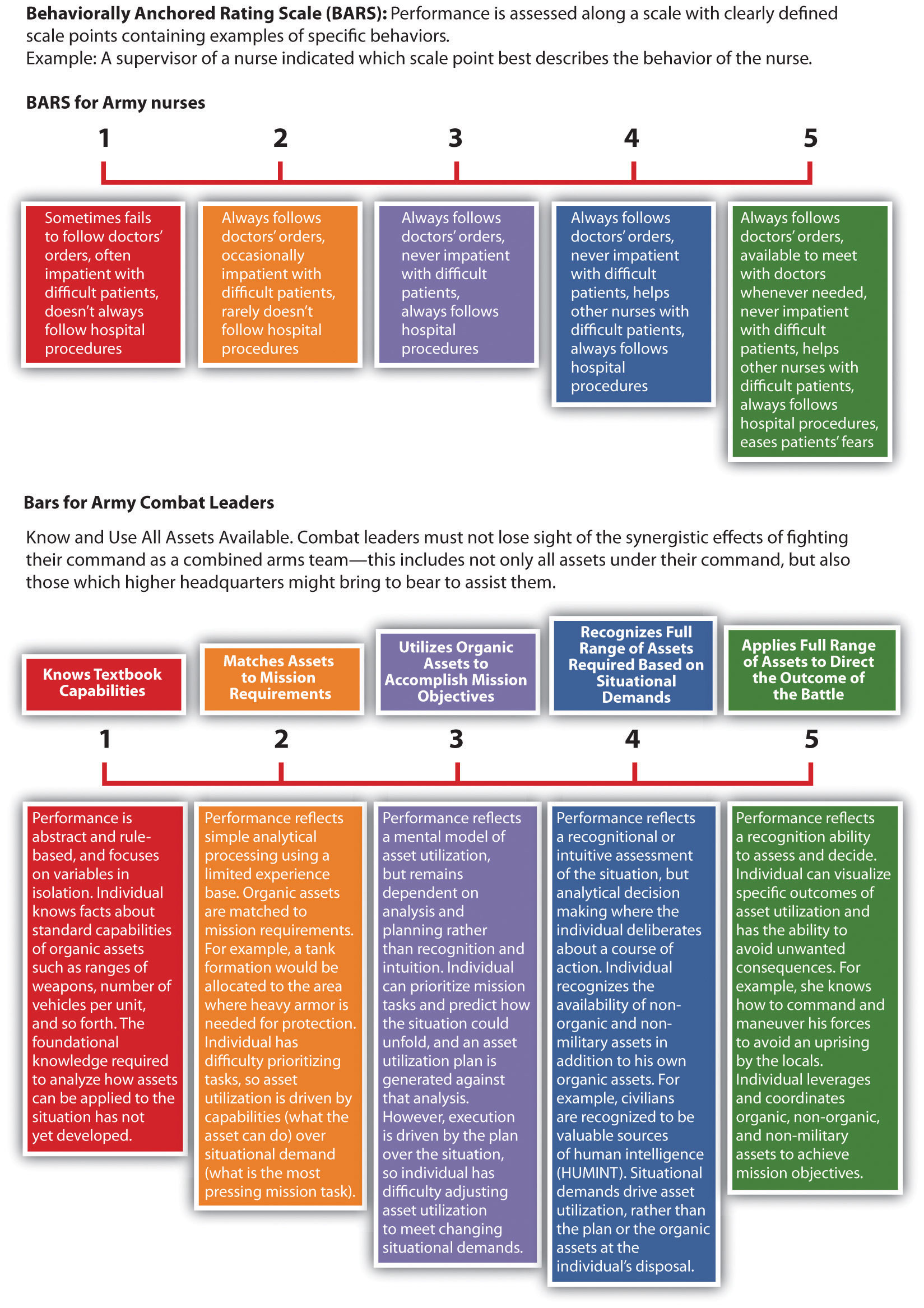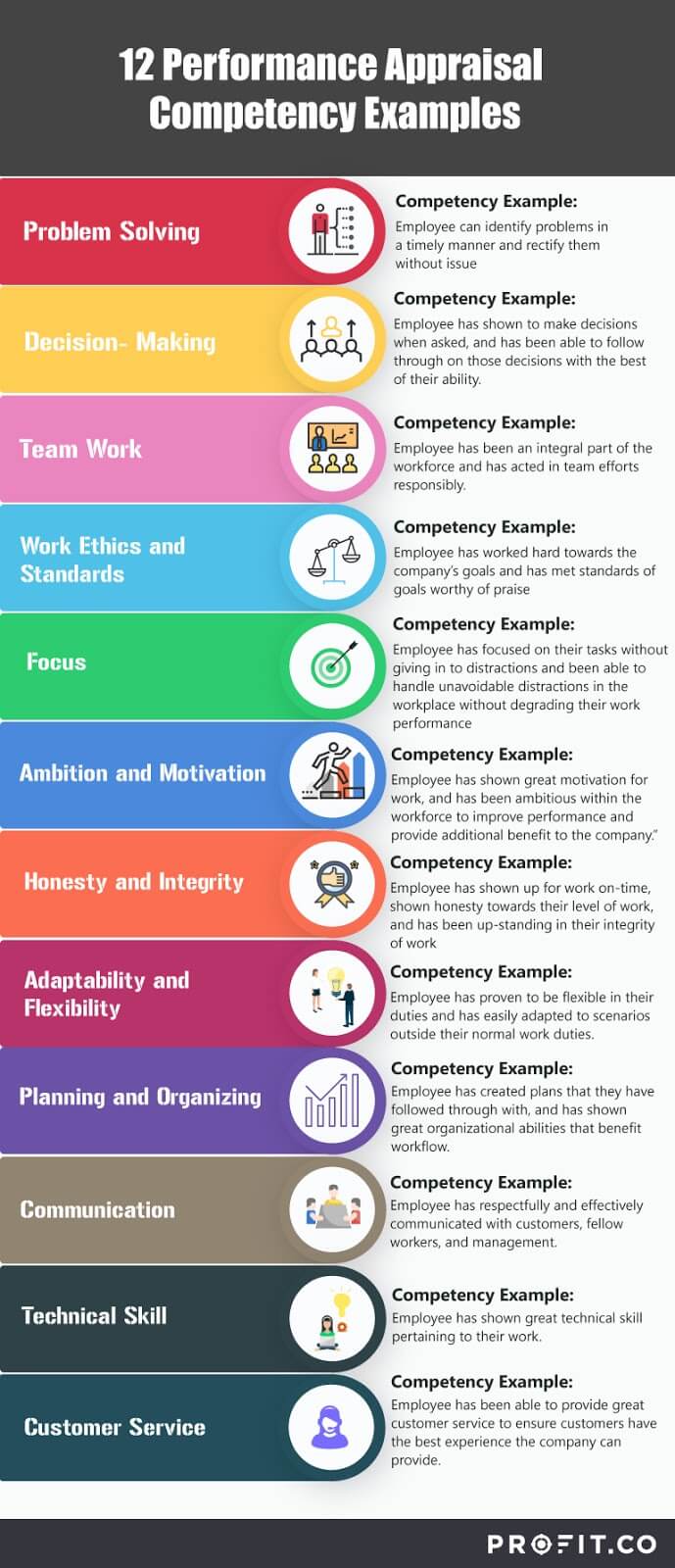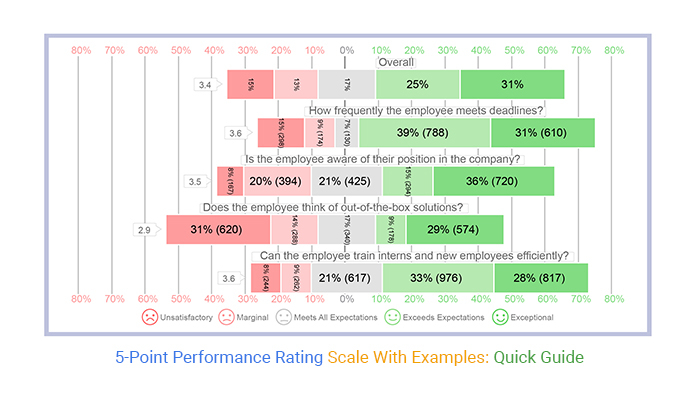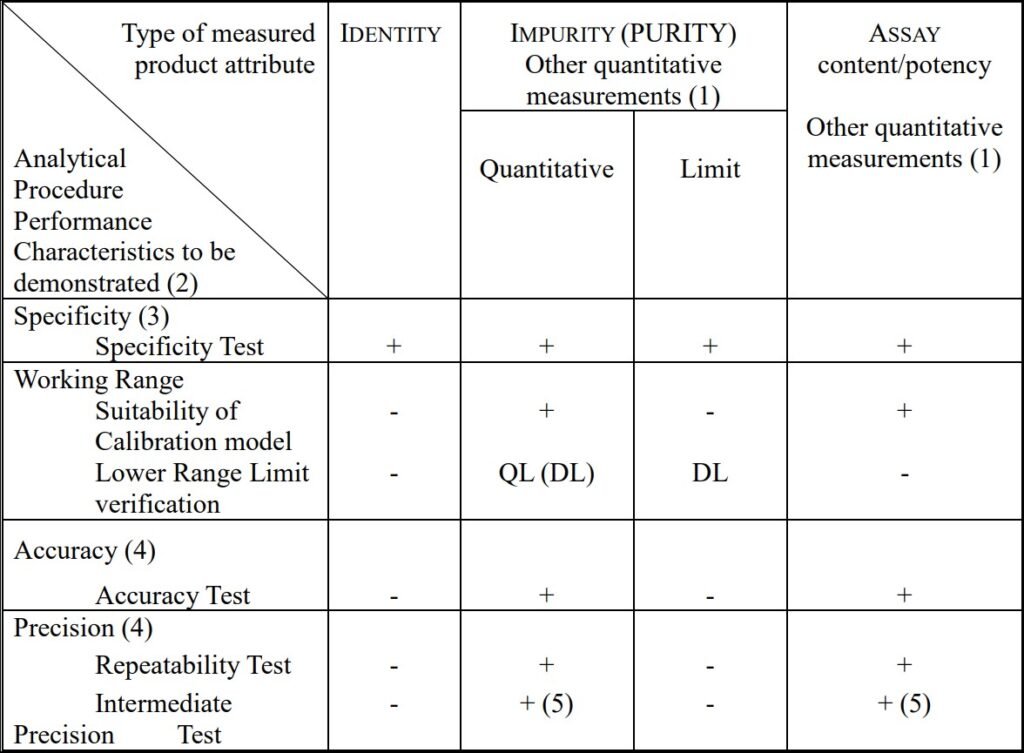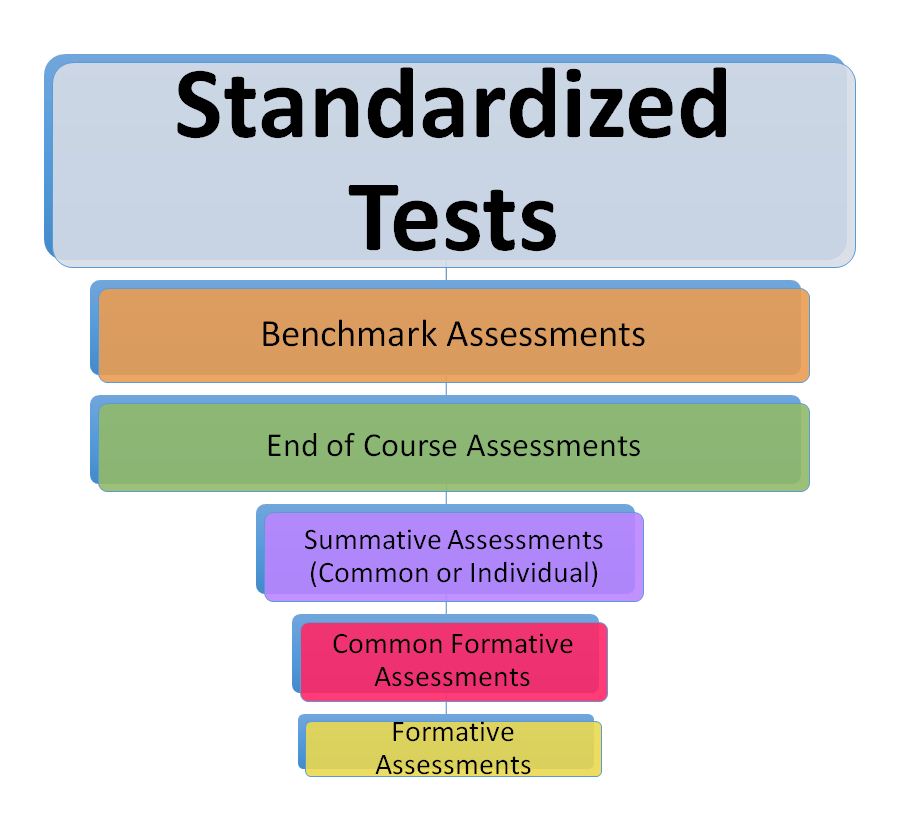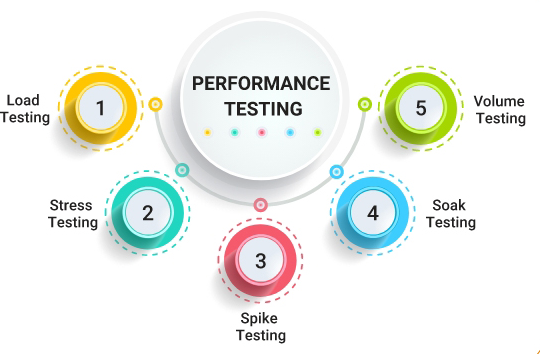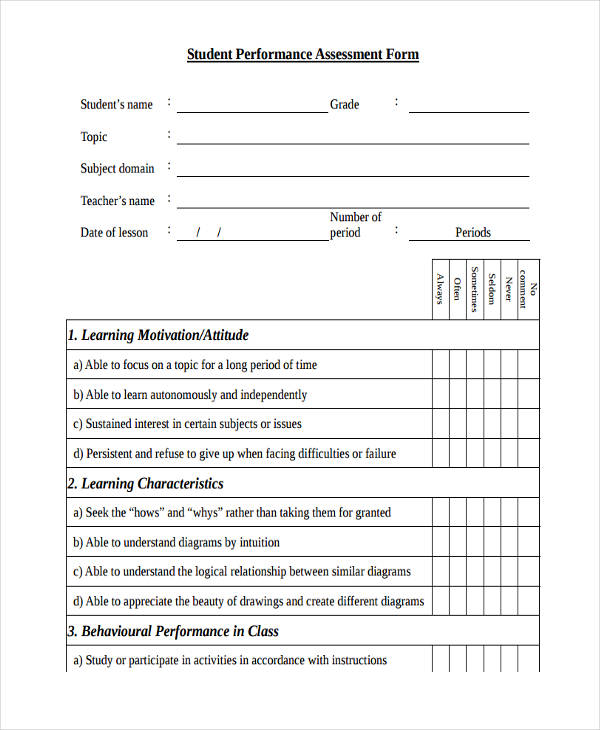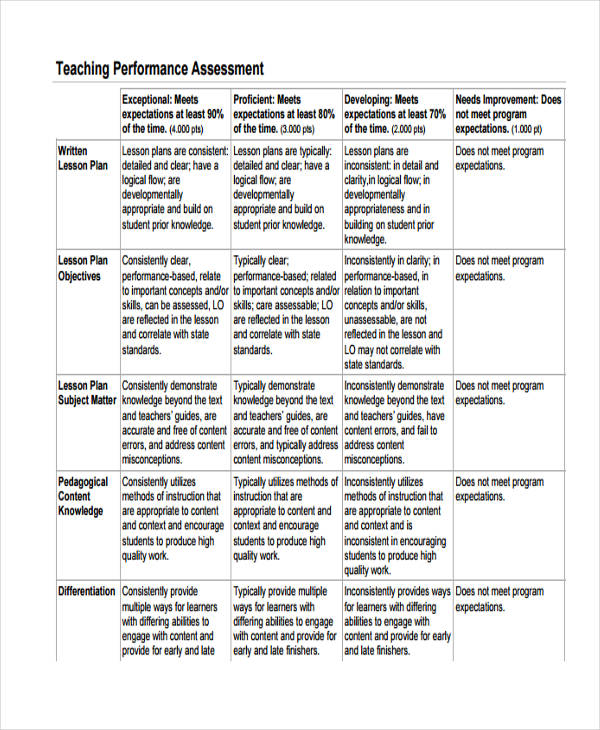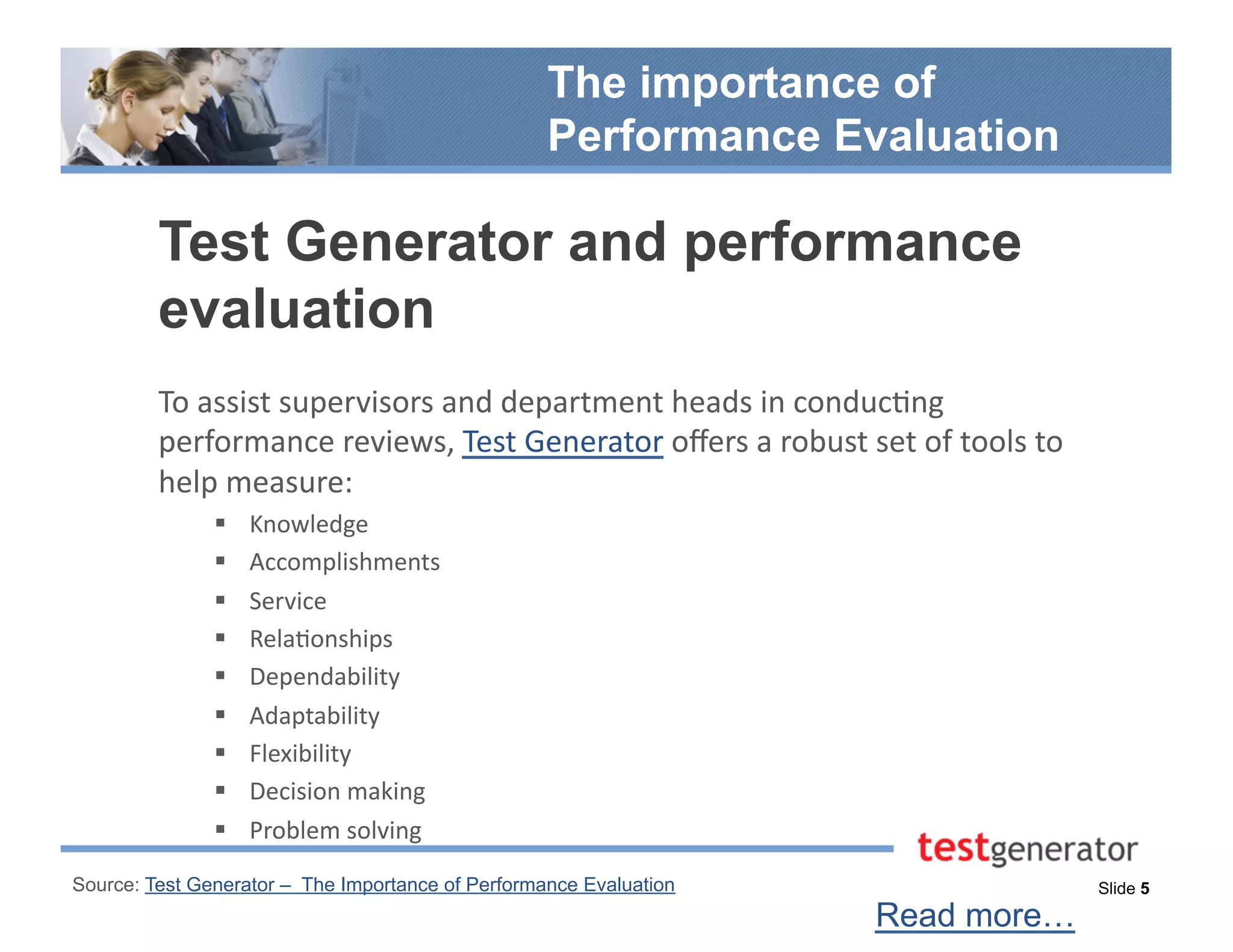Which Of The Following Do Performance Evaluation Tests Not Measure

The air in the conference room crackled with a nervous energy. Folders lay open, revealing charts and graphs, the silent witnesses to countless hours of preparation. Outside, the city hummed with activity, oblivious to the miniature storms brewing inside, as employees awaited their performance review results. The question on everyone's mind: had they measured up?
Performance evaluation tests, while valuable for gauging specific skills and achievements, often fall short of capturing the complete picture of an employee's contribution. This article explores the aspects of performance that traditional evaluations often miss, including adaptability, teamwork skills, long-term potential, and nuanced qualitative contributions like fostering a positive work environment. By understanding these limitations, organizations can strive for more holistic and equitable assessment practices.
The Purpose and Prevalence of Performance Evaluations
Performance evaluations have become a cornerstone of modern management practices. They are designed to assess an employee's job performance against pre-defined standards and objectives.
These evaluations serve multiple purposes, including providing feedback, identifying areas for improvement, informing promotion decisions, and justifying compensation adjustments. Data from the Society for Human Resource Management (SHRM) indicates that a vast majority of organizations utilize some form of performance evaluation system.
What Performance Evaluations Can Measure
Traditional performance reviews are typically good at quantifying certain aspects of an employee's work. These include meeting deadlines, achieving sales targets, and adherence to established procedures.
They often rely on metrics like key performance indicators (KPIs), project completion rates, and customer satisfaction scores. This quantitative data provides a tangible basis for comparing employee performance and identifying top performers.
The Shortcomings: What Remains Unseen
However, the focus on quantifiable metrics often overshadows crucial qualitative aspects of an employee's contribution. Factors like adaptability, teamwork, and long-term potential are difficult to measure objectively and are frequently overlooked.
Furthermore, traditional evaluations often fail to capture the nuances of an employee's contribution to the overall work environment.
Adaptability and Resilience
In today's rapidly changing business environment, adaptability is a critical skill. An employee's ability to quickly learn new technologies, adjust to shifting priorities, and navigate unforeseen challenges is vital for organizational success.
However, performance evaluations often focus on past performance and established routines, neglecting to assess an employee's capacity for future adaptation. Consider an employee whose role fundamentally changes; the past metrics may no longer accurately reflect their current value and potential.
The Power of Teamwork and Collaboration
Effective teamwork is essential for achieving organizational goals. The ability to collaborate effectively with colleagues, share knowledge, and support team members is often a critical determinant of success.
Yet, traditional performance reviews often focus on individual achievements, neglecting to adequately assess an employee's contribution to team dynamics. Did they proactively assist colleagues? Did they foster a collaborative environment? These are difficult to quantify, but immensely valuable qualities.
Ignoring Long-Term Potential
Many performance evaluations are focused on short-term results, neglecting to assess an employee's long-term potential within the organization. Do they demonstrate leadership qualities? Are they committed to continuous learning and development?
These are crucial factors for identifying future leaders and ensuring a sustainable talent pipeline. Focusing solely on immediate output can inadvertently undervalue employees with high growth potential who may not yet be delivering peak performance.
The Intangible Value of a Positive Work Environment
An employee's contribution to a positive work environment is often overlooked in traditional performance evaluations. Do they foster a culture of respect and inclusivity? Do they motivate their colleagues and boost morale?
These are invaluable qualities that can significantly impact overall team productivity and employee retention. While difficult to measure directly, these contributions should not be ignored.
Moving Towards Holistic Assessments
Recognizing the limitations of traditional performance evaluations, many organizations are exploring more holistic assessment approaches. These approaches incorporate a wider range of factors beyond quantifiable metrics.
360-degree feedback, which gathers input from peers, supervisors, and subordinates, provides a more comprehensive view of an employee's performance. Qualitative feedback, focused on specific behaviors and contributions, offers valuable insights into an employee's strengths and areas for development.
The Rise of Continuous Performance Management
Continuous performance management, characterized by regular feedback and ongoing dialogue between managers and employees, is gaining popularity. This approach replaces annual reviews with frequent check-ins, allowing for more timely identification of challenges and opportunities.
It also provides a platform for discussing long-term career goals and aligning individual development with organizational needs. This shift towards continuous feedback fosters a culture of growth and development.
Focusing on Skills, Not Just Outcomes
A crucial element of holistic assessment is shifting the focus from solely evaluating outcomes to also recognizing and valuing skills. Do they possess strong communication skills? Are they adept at problem-solving? Are they creative and innovative?
Assessing these skills, even qualitatively, provides a more nuanced understanding of an employee's value and potential. Investing in the development of these skills can yield significant long-term benefits for both the employee and the organization.
The Human Element: The Importance of Judgment
Ultimately, even the most sophisticated performance evaluation system relies on human judgment. Managers must exercise fairness, objectivity, and empathy when assessing employee performance.
They must consider the context of an employee's work, acknowledge individual circumstances, and provide constructive feedback that empowers employees to grow and improve. Bias can unknowingly creep into performance reviews.
Organizations should provide managers with training on how to conduct fair and effective evaluations, mitigating unconscious biases and promoting equitable assessment practices. This ensures that employees are evaluated based on their actual performance and contributions, rather than on irrelevant factors.
Conclusion: Beyond the Numbers
Performance evaluation tests serve a valuable purpose in measuring specific skills and achievements. However, they represent only a partial view of an employee's true contribution.
Adaptability, teamwork, long-term potential, and qualitative contributions to the work environment are equally important factors that often go unmeasured. By embracing more holistic assessment approaches and emphasizing human judgment, organizations can create fairer, more effective, and ultimately more empowering performance management systems. These systems not only measure performance but also foster growth, recognize potential, and cultivate a thriving work environment.

